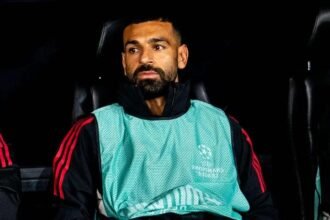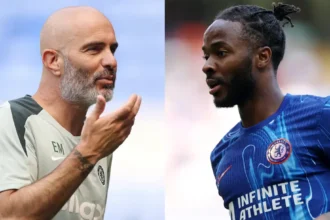When Donald Trump said he’d be attending the Club World Cup final at MetLife Stadium this Sunday, it wasn’t just a presidential cameo. It was another public step in what appears to be a growing alignment between the former U.S. president and FIFA, as football’s global governing body ramps up its American footprint ahead of the 2026 World Cup.
Speaking at a Cabinet meeting earlier this week, Trump confirmed his plans to be in East Rutherford for the final, which is being played in the same venue that will host the championship match of the 2026 World Cup. “I’ll be going to the game,” Trump told reporters—a casual comment, but one that underscores his willingness to tie himself to the sport’s expanding U.S. narrative.
FIFA, meanwhile, made a statement of its own. President Gianni Infantino announced the opening of a new FIFA office inside Trump Tower in New York City, where the Club World Cup trophy will be on display until the final. While symbolic, the move highlights FIFA’s intent to cement a presence in the U.S., not just for the 2026 tournament but as a broader strategic base.
“We’ve received tremendous support from the government and from the President,” Infantino said, noting both the current Club World Cup and next year’s World Cup preparations. The collaboration extends to the White House’s involvement through a dedicated task force, reflecting how closely intertwined football’s premier events are becoming with American political machinery.
This year’s expanded Club World Cup, featuring top clubs from across the globe, has already been labeled a dress rehearsal for 2026. The presence of Trump at the final adds yet another layer to the spectacle—one that blends sport, politics, and international diplomacy.
Trump is no stranger to high-profile sporting events. Earlier this year, he became the first sitting U.S. president to attend a Super Bowl and used a White House address to announce that Washington, D.C. will host the 2027 NFL Draft. His comfort under the sports spotlight has remained a hallmark of his presidency.
Still, questions remain ahead of 2026, particularly around immigration policy. Trump’s controversial travel bans and the administration’s consideration of extending restrictions to an additional 36 countries have sparked concerns from several football associations. Infantino, for his part, attempted to calm those fears, promising that the world would be welcomed during the World Cup.
Yet the optics of FIFA’s new base in Trump Tower—and Trump’s visible support—send a clear message: the lead-up to 2026 will not be apolitical. As football prepares to take center stage in North America, its relationship with power brokers like Trump may shape not just tournaments, but perception.
The Club World Cup final at MetLife is more than just a title decider. It’s a glimpse into how the next chapter of global football might look when played on American soil—and under a uniquely American spotlight.











